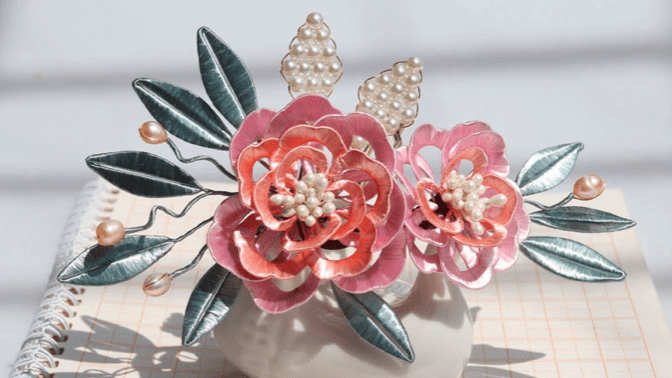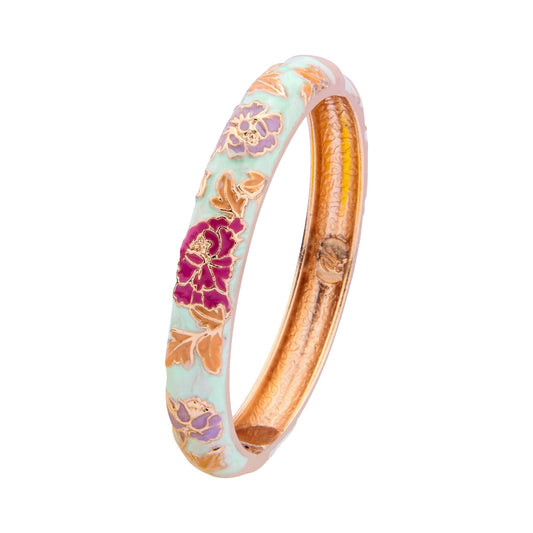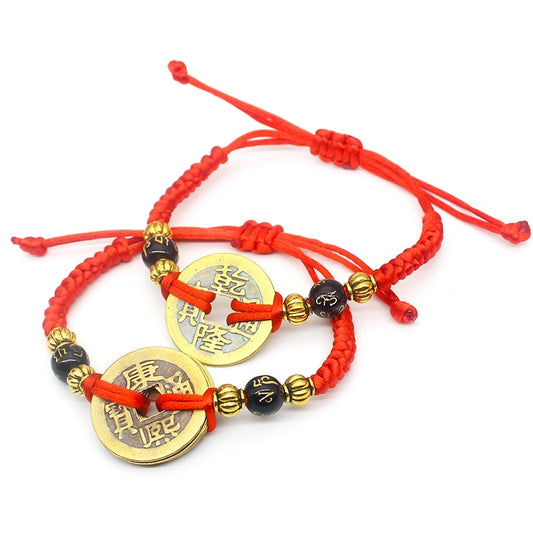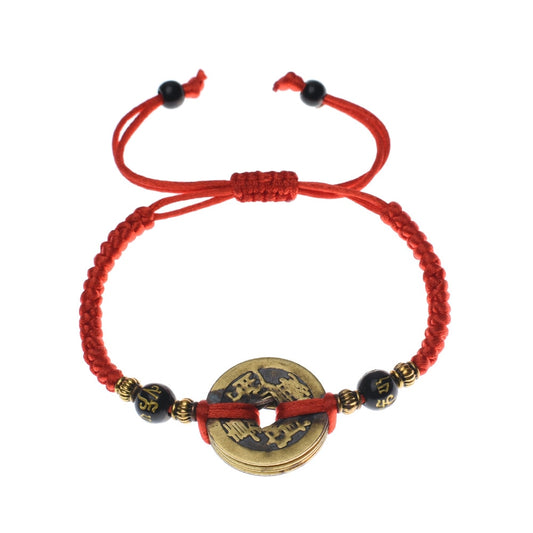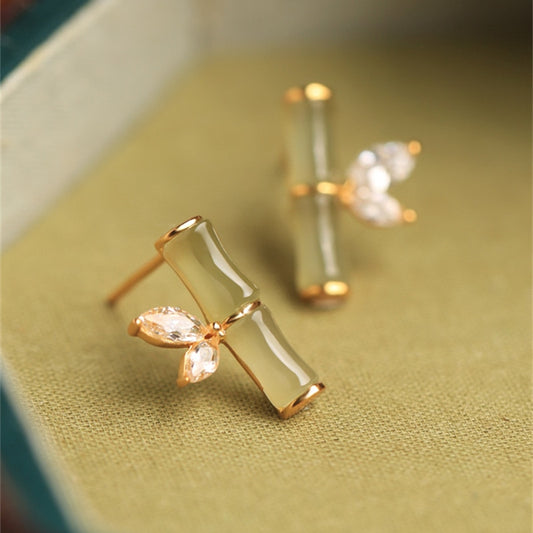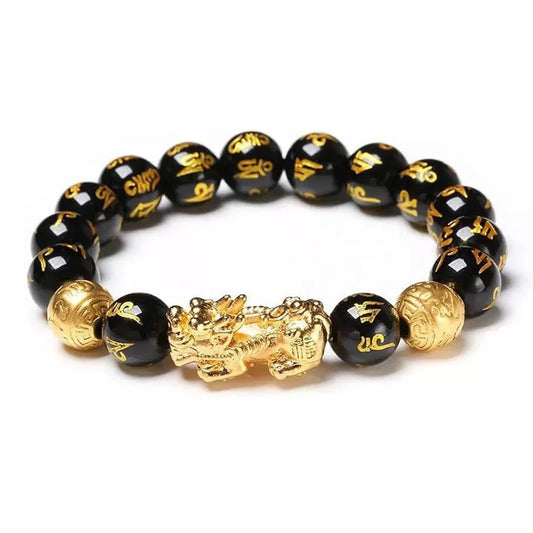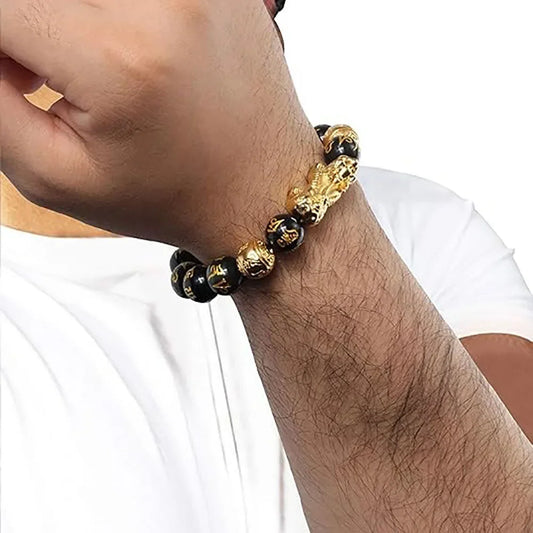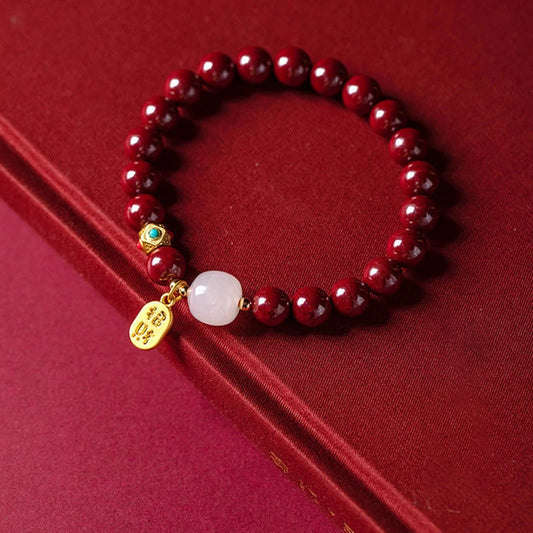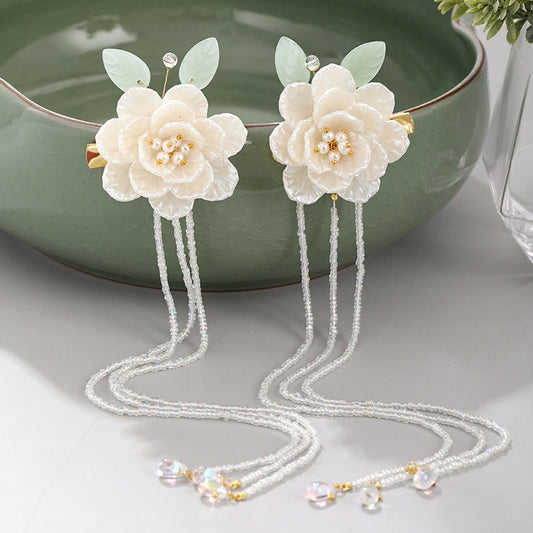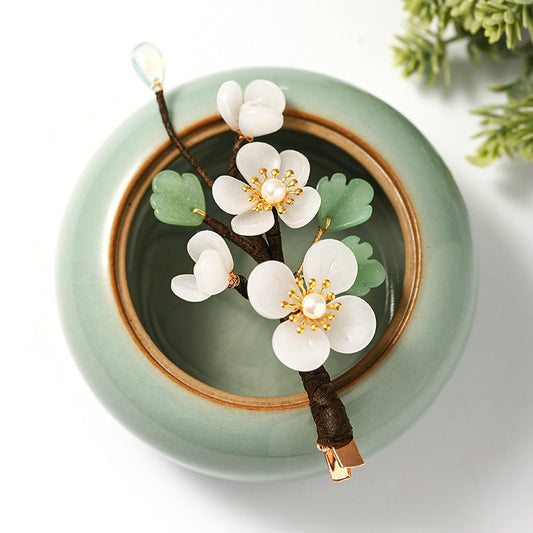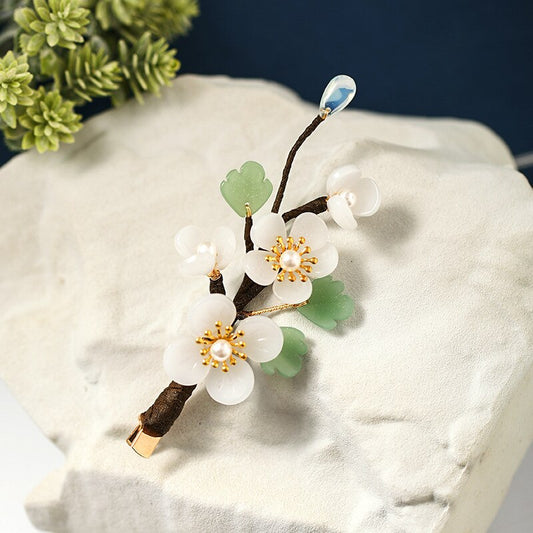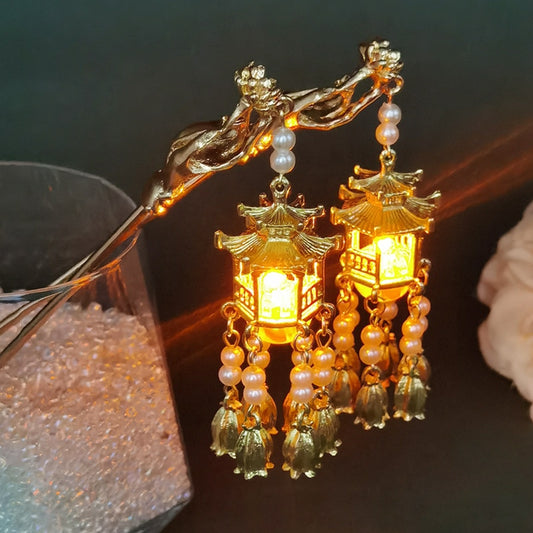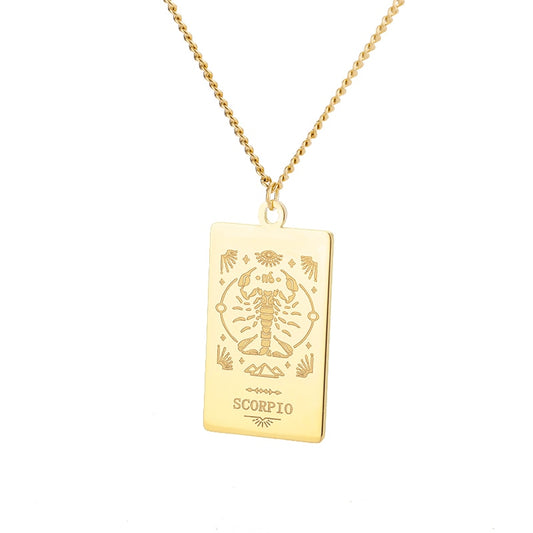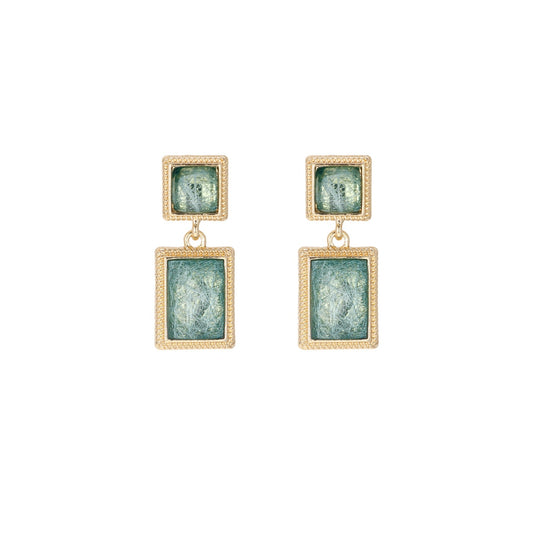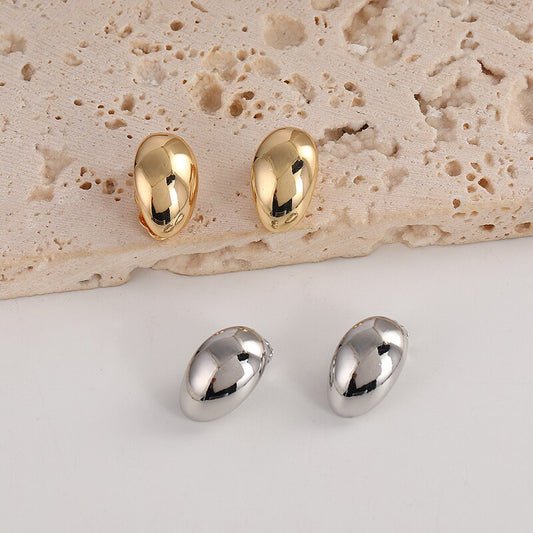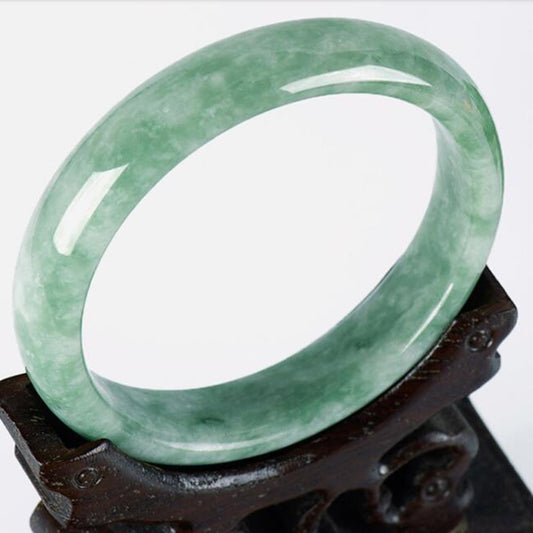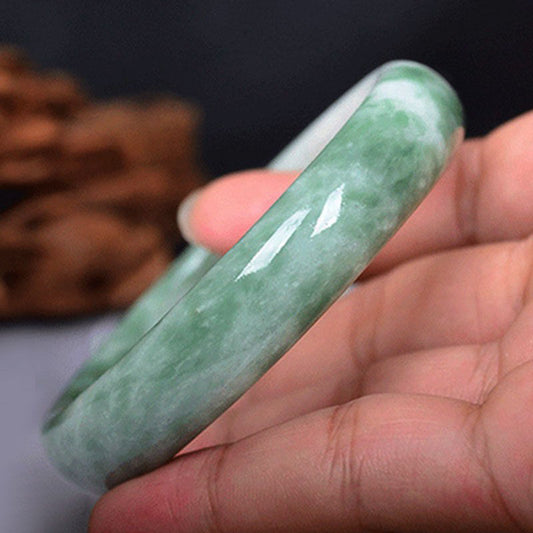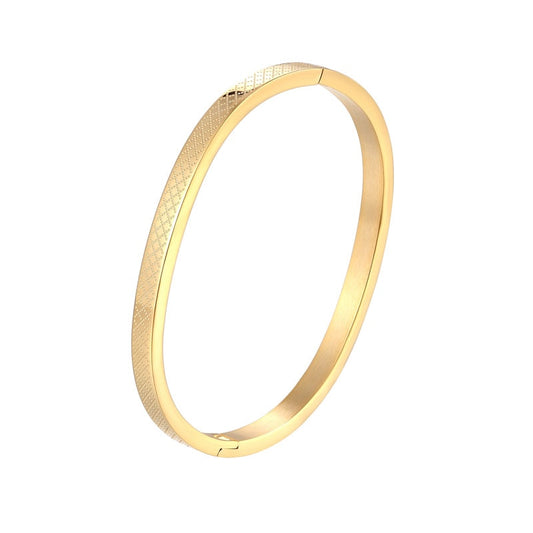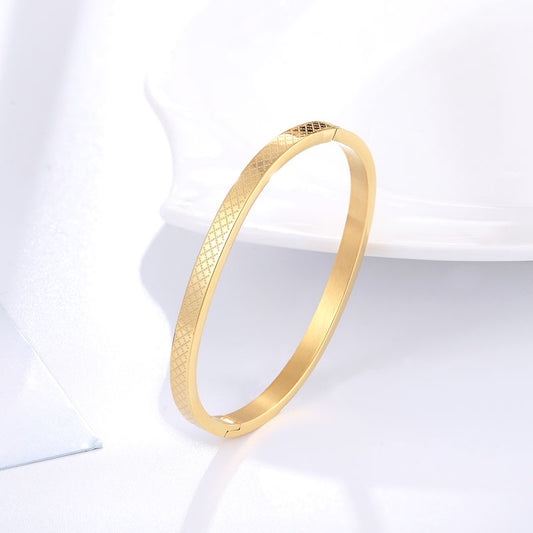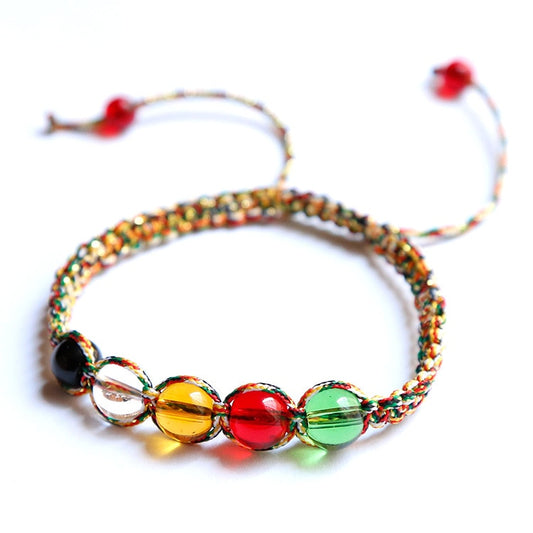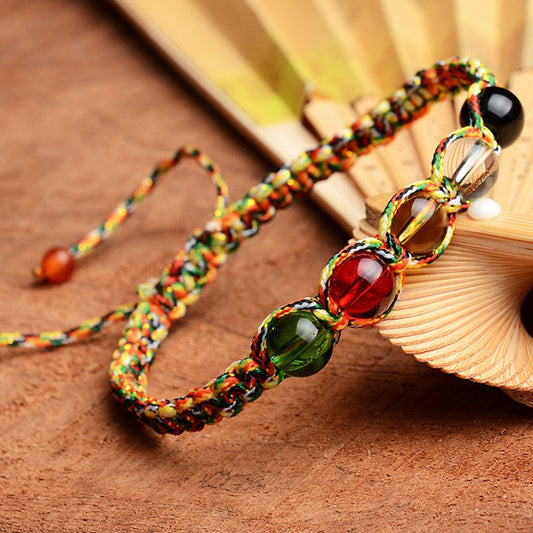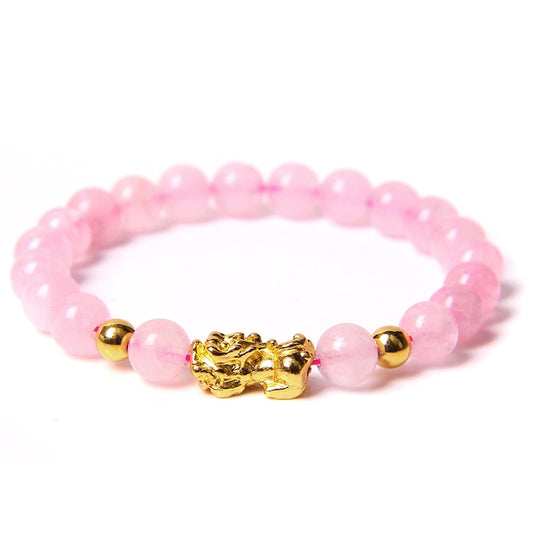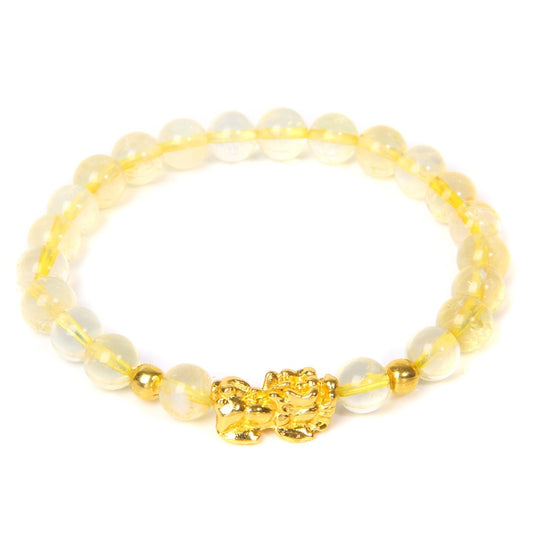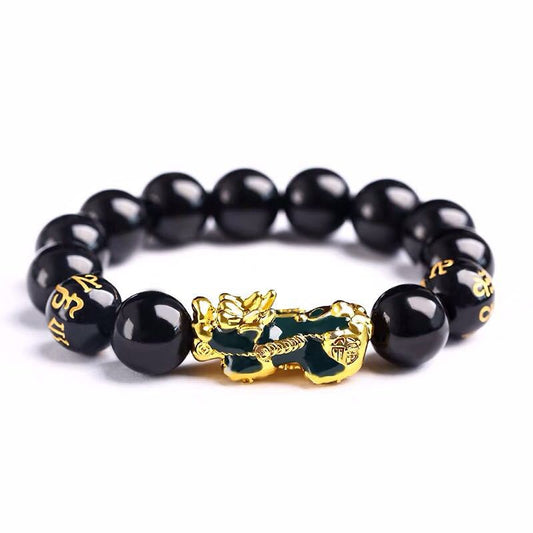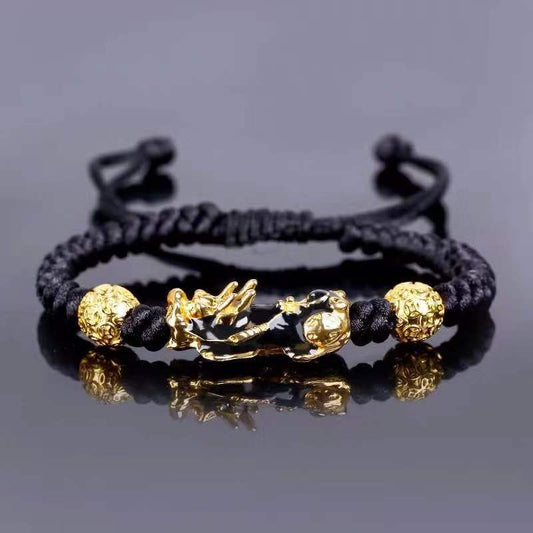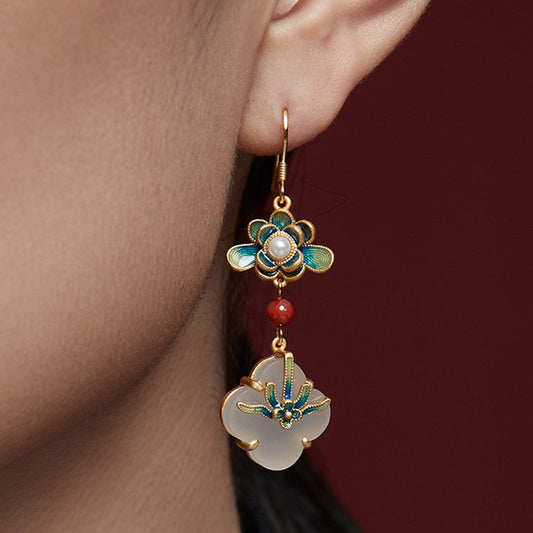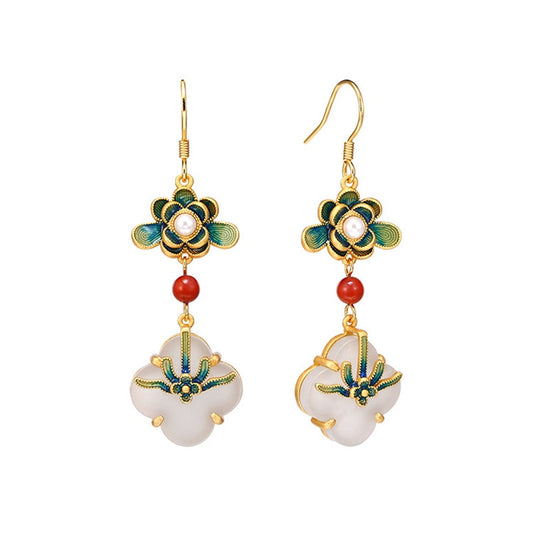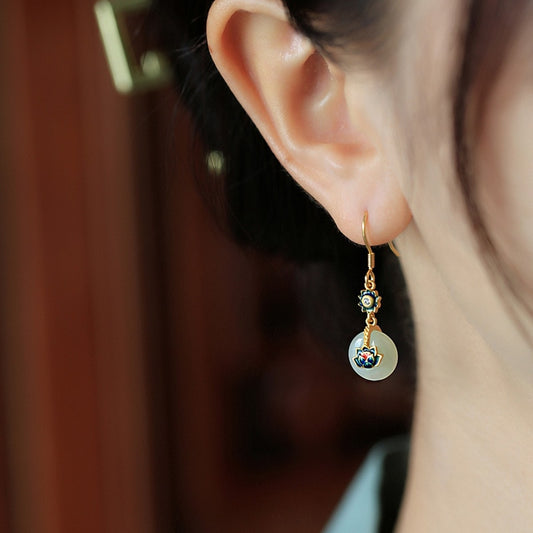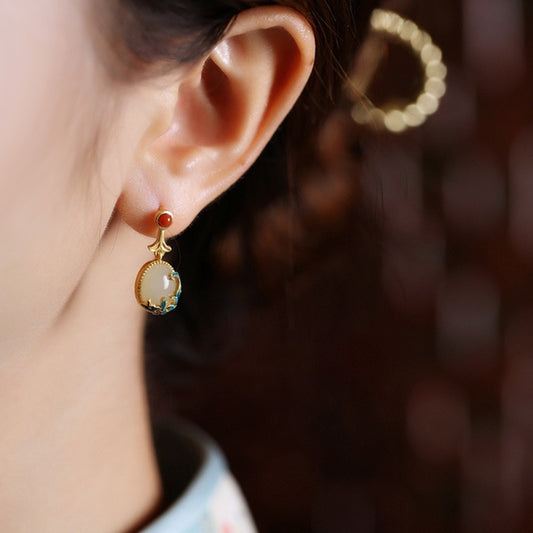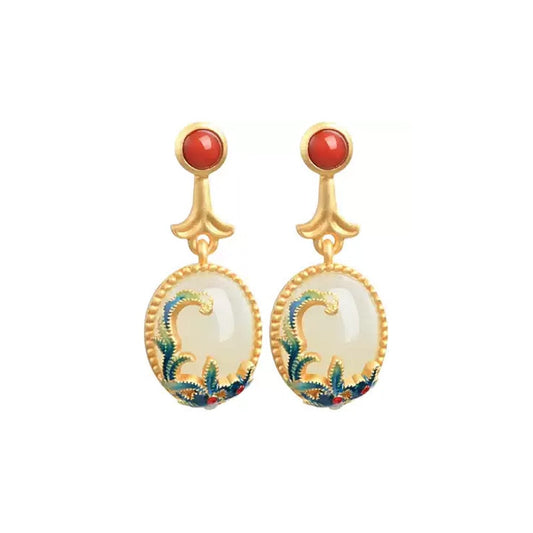-
Enameled Chinese Bracelets
Regular price From $9.97 USDRegular priceUnit price per -
Lucky Red String Feng Shui Copper Coin Bracelet
Regular price From $12.26 USDRegular priceUnit price per -
Chinese Opal Bamboo Stud Earrings
Regular price $8.06 USDRegular priceUnit price per -
FengShui Pixiu Wealth And Luck Bracelet
Regular price $10.00 USDRegular priceUnit price per$1.86 USDSale price $10.00 USD -
Lucky Wealth Cinnabar Handmade Bracelet For Women Men
Regular price From $6.62 USDRegular priceUnit price per$0.62 USDSale price From $6.62 USD -
White Flower Leaf Pearls Long Tassel Hairpin Clips
Regular price $11.90 USDRegular priceUnit price per -
Flower Leaf Hanfu Dress Hairpins
Regular price $12.02 USDRegular priceUnit price per -
Palace Lantern Hairpin Pendant Jewelry for Hanfu Dress
Regular price From $11.55 USDRegular priceUnit price per -
Zodiac Vintage Sign Necklace Constellation Chain
Regular price From $5.70 USDRegular priceUnit price per -
Vintage Green Crystal Square Clip on Earrings
Regular price $9.90 USDRegular priceUnit price per -
Golden Vintage Oval Glossy Metal Minimalist Clip on Earrings
Regular price $9.15 USDRegular priceUnit price per -
Real Grade A Natural China Jade Bangle Bracelet
Regular price $19.47 USDRegular priceUnit price per -
5cm Diameter Stainless Steel Cross Grid Bracelets & Bangle
Regular price From $8.31 USDRegular priceUnit price per -
7 Knots Good Luck Red String Bracelets
Regular price From $7.14 USDRegular priceUnit price per -
Ethnic Hand-woven Multi Colored Rope
Regular price $7.94 USDRegular priceUnit price per -
Feng Shui Stone Beads Pixiu Bracelet Pink
Regular price From $8.48 USDRegular priceUnit price per -
Feng Shui Mens Lucky Prayer Beads Pixiu Bracelet
Regular price From $10.05 USDRegular priceUnit price per -
Chinese Style Enamel Lotus Jade Agate Stone Earring
Regular price $13.19 USDRegular priceUnit price per -
Natural Crystal Stone Lotus Pendant Earrings
Regular price $11.48 USDRegular priceUnit price per -
Retro Ethnic Stone Enamel Chinese Earrings
Regular price $11.48 USDRegular priceUnit price per

